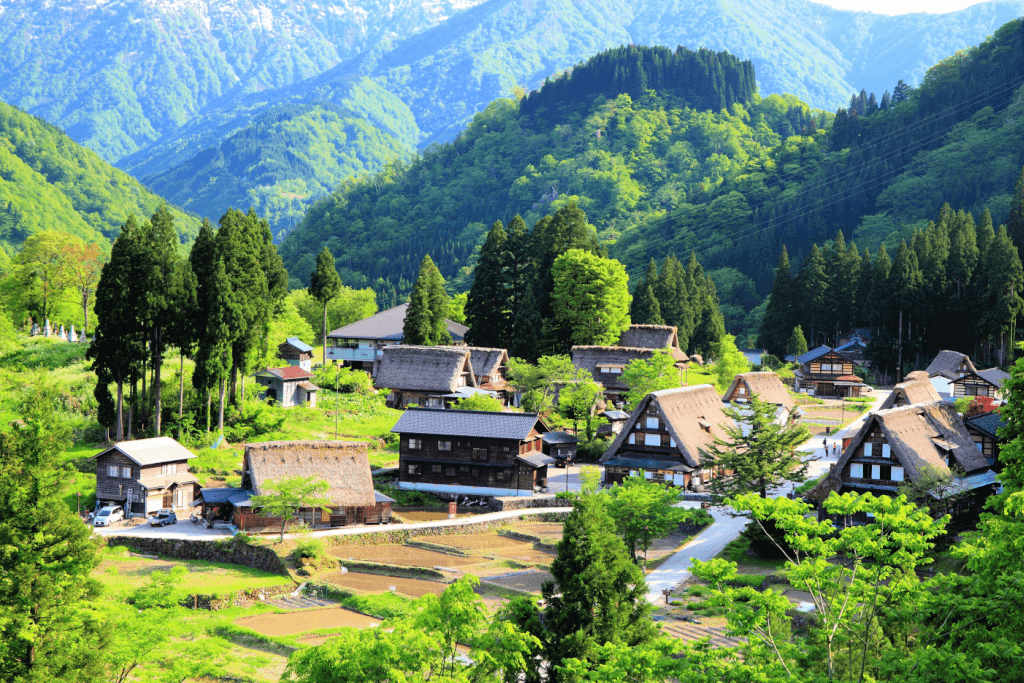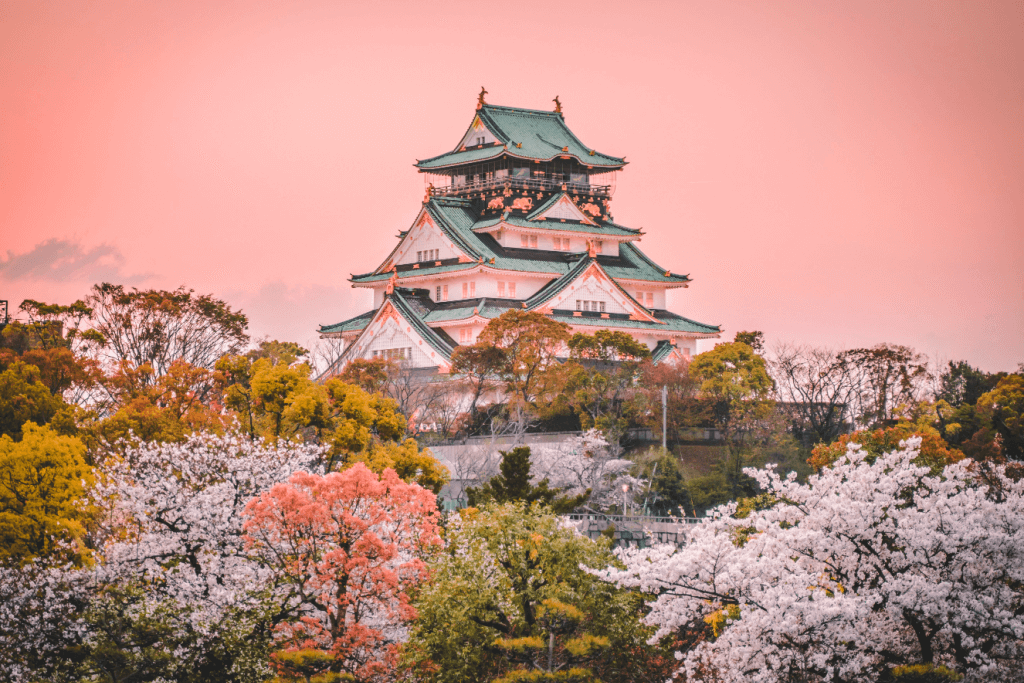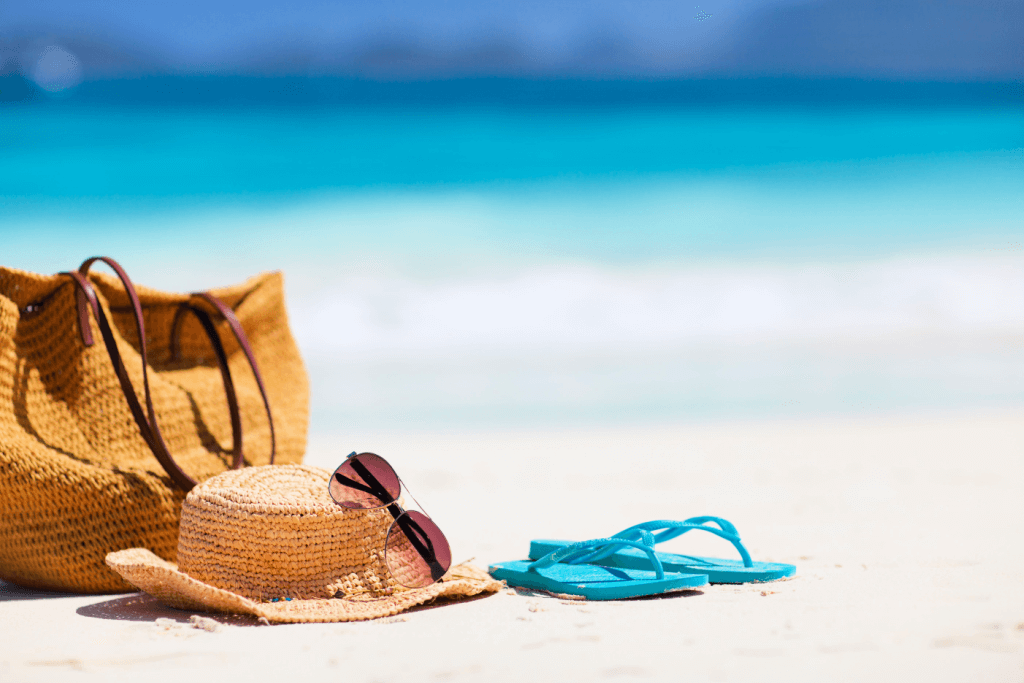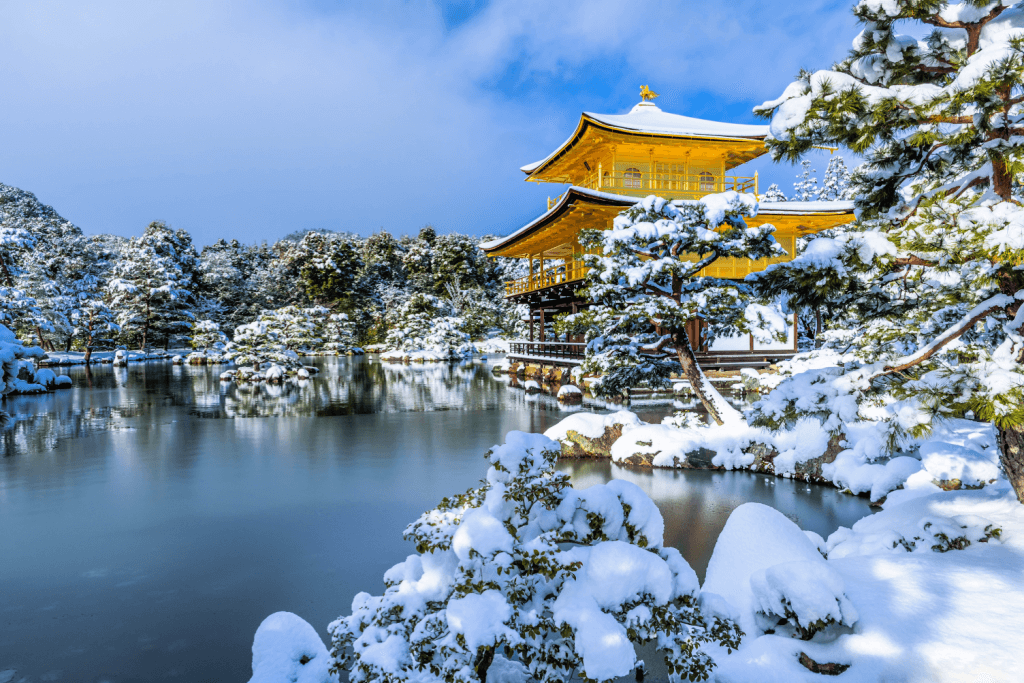seasons of japan
Seasons of Japan: Why Are They So Special?

Tokyo Terry
Posted on December 27, 2023
Share:

Japan has a wide range of climate types for an island of its size. Hokkaido may experience freezing temperatures as low as -20°C, while Fukuoka in the south is 4°C in the middle of winter. Because the country has a landmass that spans multiple climates, the seasons in Japan can be rather varied.
The island stretches across three climate zones: warmer subtropical at the southern end, cold subarctic in the extreme north, and cool temperate between the two. These climates have their own characteristic weather but are not the only factors influencing Japan’s climate. Let’s take a closer look at what makes the seasons in Japan unique.
What is the climate like across Japan?
The weather in northern Japan is influenced by Siberian winds, bringing cold weather and snow. Southern Japan is impacted by monsoon winds and warm air from the Pacific, leading to warm, humid conditions. The Japanese Alps, running through the country’s center, block winds, causing more rain and snow on the eastern coast and sheltering the western coast.

Warm currents from the Pacific Ocean and Japan Sea protect most of the country from extremely cold temperatures. Hot springs from Japan’s active volcanoes make many areas hot yearly. This creates hot, humid summers, heavy rains, typhoon winds in early autumn, and mild winters with heavy snowfall in the mountains and northern Japan. These are the conditions that make Japan’s climate unique.
What is spring like in Japan?
As temperatures slowly rise in March, the landscape becomes dotted with plum blossoms or ume. Plum blossom festivals, known as ume matsuri, spontaneously appear as people venture out to celebrate spring. Next, the infamous cherry blossoms or sakura bloom. A public holiday known as Shunbun no Hi marks the official start of spring. During that time, friends, families, and graduates flock to parks across Japan to celebrate by eating seasonal snacks like sakura mochi and hanami dango.

Other flowers also begin blooming. Wisteria blooms in May, with viewing festivals like the Great Wisteria Festival in Ashikaga Flower Park. Tulips bloom around this time, with the Tonami Tulip Fair in Toyama Prefecture being one of the biggest tulip festivals. Azaleas, roses, and irises also make their appearance.
Spring showers beat the flowers from their branches by the end of spring in May. This rainy period, baiu, affects most of the country from May until July. As a result, the vibrant colors from the flowers turn into a uniform sea of green.
Are you looking for some delicious snacks while enjoying the seasons in Japan? Check out Sakuraco! Sakuraco delivers traditional Japanese snacks, teas, sweets, and snacks from local Japanese makers directly to your door so you can enjoy the latest treats directly from Japan!
What is summer like in Japan?
Japanese summer starts in June. The warmer weather brings sounds of cicada (semi). In July, fields of lavender appear in places like Ueno Farm in Asahikawa. Temperatures can reach 40°C in some inland areas like Saitama. So, many people may travel to Furano in Hokkaido for lavender viewing.

As the hot, humid conditions worsen in July, people all over the country seek out ways to escape the heat. Shopping malls become packed as many families spend the day there, using the air conditioning. Outdoor waterparks and beaches across the country are also popular destinations. The mountains of Japan tend to trap cooler air in their steep valleys, so many head to shady, riverside campsites in places like Okutama. They enjoy barbeques in the forest shade or dip in the calm mountain rivers.
Some embrace the heat and enjoy kakigori at matsuri, the traditional Japanese summer festival in July. Gion Matsuri is the most famous in Kyoto, where people pull giant parade floats up to 25 meters. These festivals continue into the night when numerous fireworks festivals are held. Some festivals, such as the Nebuta Matsuri in Aomori and Tanabata, also occur in August. The typhoon season begins this time, bringing heavy rainstorms and strong winds.
What is autumn like in Japan?
Autumn starts in September in Japan. The typhoon season intensifies, and the days begin to shorten. As in most temperate climates, the change in daylight hours causes leaves to change colors. The red and orange of Japanese maples (momiji), and the yellow of ginkgo trees begin to decorate the previously green landscape. This is the season of koyo, or autumn leaf viewing.
Mountain trails become more crowded as hikers take advantage of the cooler weather to enjoy koyo at places like Kegon Falls, Daisetsuzan National Park in Hokkaido, and the Fuji Five Lakes. Locally, strolling tree-lined avenues like Icho Namiki Avenue in Tokyo or visiting temples such as Ginkaku-ji temple in Kyoto are also popular ways to enjoy leaf-viewing.

There are also numerous autumn festivals around this time. Fire festivals, the Japanese Moon Festival known as tsukimi no hi, Shubun no hi, and Autumnal Equinox Day occur around this time. Shrines and temples become popular destinations, as displays of traditional Japanese performing arts such as noh drumming, kyogen theatre, and hobu dances are held at local venues throughout Japan.
In October, the typhoons retreat, and cooler winds from the Asian mainland blow across Japan, gradually causing temperatures to fall. By November, these winds have gotten cold enough to cause snow along the Sea of Japan and Hokkaido. The landscape begins its transformation into winter. If you’re within sight of Mt. Fuji, you may notice the first signs of white on Japan’s highest peak.
What is winter like in Japan?
Winter starts in December in Japan. Air from Siberia makes its way to Japan, bringing colder conditions. In the north, Hokkaido is most strongly affected by these colder winds, usually receiving Japan’s first snowfall of the year. Temperatures as low as -20 °C are frequently observed in inland areas of Hokkaido. But consistently cold temperatures make the Sapporo Snow Festival possible, preventing the many ice sculptures from melting and attracting thousands of visitors.

As the cold winds hit the Japanese Alps, they release significant snow. Nagano and Niigata, in particular, have high snowfall. The combination of mountain temperatures and a constant supply of moisture from the Sea of Japan produce some of the best powder snow in the world.
Meanwhile, these same mountains protect the Pacific side of Japan, resulting in generally sunny weather and hot conditions for this time of the year. The Pacific coast is warm enough to enjoy a stroll on the beach, while other parts of Japan are experiencing freezing conditions.

In other places, the snow creates idyllic scenes. Shirakawa-go in the Shogawa Valley of Gifu prefecture is one such picturesque spot designated a UNESCO World Heritage site. Every winter, visitors from Japan and worldwide travel to this remote valley for nighttime views of its gassho zukuri, traditionally thatched roofs, nestled in the tiny, snow-covered valley. This makes winter one of the most enchanting seasons in Japan.
What makes the seasons in Japan unique?
A combination of natural factors has resulted in Japan having a wide variety of weather. This, along with a long history of celebrating the changing seasons, a relatively small size, and accessibility, means that you can enjoy many different types of cultural events and activities all year round. There is something for everyone, no matter the time of the year. What activities do you prefer in each season? Are any activities not mentioned that are typical for a specific Japanese season?

Discover authentic flavors with Sakuraco
Get Sakuraco 

Discover authentic flavors with Sakuraco
Get Sakuraco 
Related Articles

Hatsumode: Why Is It Japan’s Most Important Tradition?
Hatsumode is the first visit to a shrine or temple in the New Year in Japan, and it is one of the country’s most important traditions. Every year, millions of people participate, demonstrating the profound connection between this custom and daily life.

Japanese Fish Bait: The Beautiful Art of Kebari
Kebari are traditional hand-tied flies used for freshwater fishing in Japan, especially in mountain streams where small insects form the main diet of native fish. Instead of bright plastic lures, kebari use feathers, thread, and natural materials to create subtle movements in the water.

Japan Holidays Guide: Relax, Explore, and Delight in Festive Fun
As the year draws to a close, everywhere buzzes with preparations for the holidays, and Japan is no exception. Despite the cold winter weather, you can feel warmth in the scenery, decorations, and festive activities across the country. Let’s explore the unique experiences of holidays in Japan that many people dream of enjoying at least once in their lifetime!

Tokyo Gardens: Five Beautiful Traditional Japanese Gardens to Visit
Tokyo gardens offer a relaxing escape for visitors looking to get a breath of fresh air. However, Tokyo has more than just the typical gardens we see in the West. Let’s explore five traditional Japanese gardens and what makes them unique!



